Knowing how to change a tire is a necessary skill for all drivers. If you rely on a cell phone to save you in a roadside emergency, there’s always that chance you will forget to charge it, be out of range, or leave it at home. Flat tires can happen anywhere, and a cell phone is no substitute for knowing how to change a flat tire.
Thankfully, changing a tire isn’t all that hard! Just adhere to the following guidelines to be prepared in case you have a flat.
These items should have come with your vehicle:
Jack
Lug wrench
Fully inflated spare tire
Vehicle owner’s manual
If you have misplaced any of these items, or if your car did not come with these items, you should purchase new ones right away. And be sure you’re regularly inflating the spare tire to your vehicle manufacturer’s recommended PSI. You should check the spare’s air pressure every time you check your other tires.
Remember to check pressure every month and before long trips or carrying extra load.
Here are some items that don’t come with your vehicle but that you should stow in your trunk or glove box in case you have to change a flat tire:
Flashlight with working batteries
Rain poncho
Small cut of 2"x6” wood to secure the jack
Gloves
Wheel wedges
As soon as you realize you have a flat tire, do not abruptly brake or turn. Slowly reduce speed and scan your surroundings for a level, straight stretch of road with a wide shoulder. An empty parking lot would be an ideal place. Level ground is good because it will prevent your vehicle from rolling. Also, straight stretches of road are better than curves because oncoming traffic is more likely to see you.
Never attempt to change your tire on a narrow shoulder near oncoming traffic. Keep moving (slowly) until you find a safer spot. While driving on a flat risks ruining your rim, replacing a rim is better than being hit by an inattentive driver.
Make sure to consult your owner’s manual and review their specific steps on how to change a flat tire for your vehicle
Your hazard lights or “flashers” will help other drivers see you on the side of the road. To avoid an accident, turn them on as soon as you realize you need to pull over.
Once stopped, always use the parking brake when preparing to replace a flat tire. This will minimize the possibility of your vehicle rolling.
Wheel wedges go in front of or behind the tires to further ensure the vehicle doesn’t roll while you fix the flat tire. If you’re changing a rear tire, place these in front of the front tires. If your flat tire is at the front, put the wheel wedges behind the rear tires.
Bricks or large stones will work just as well as “real” wheel wedges. Just be sure they’re large enough to stop the car from rolling.
If your vehicle has a hubcap covering the lug nuts, it’s easier to remove the hubcap before lifting the vehicle with the jack. If your lug nuts are exposed, you can skip ahead to Step 6.
If your lug nuts are exposed, you can skip ahead to Step 6.
Use the flat end of your lug wrench to remove the hubcap. This will work for most vehicles, but some hubcaps need a different tool to come off. Consult your owner’s manual for proper hubcap or wheel cover removal procedures.
Using the lug wrench, turn the lug nuts counterclockwise until you break their resistance. You may have to use force, and that’s ok. Use your foot or all of your body weight if necessary.
Loosen the lug nuts about ¼ to ½ of a turn, but don’t remove them completely yet. Save that for when it’s time to remove your tire/wheel from the vehicle.
The right place for the jack is usually beneath the vehicle frame alongside the tire that’s flat. Many vehicle frames have molded plastic on the bottom with a cleared area of exposed metal specifically for the jack. To safely lift and avoid damage to the vehicle, follow the instructions for jack placement in your vehicle owner’s manual.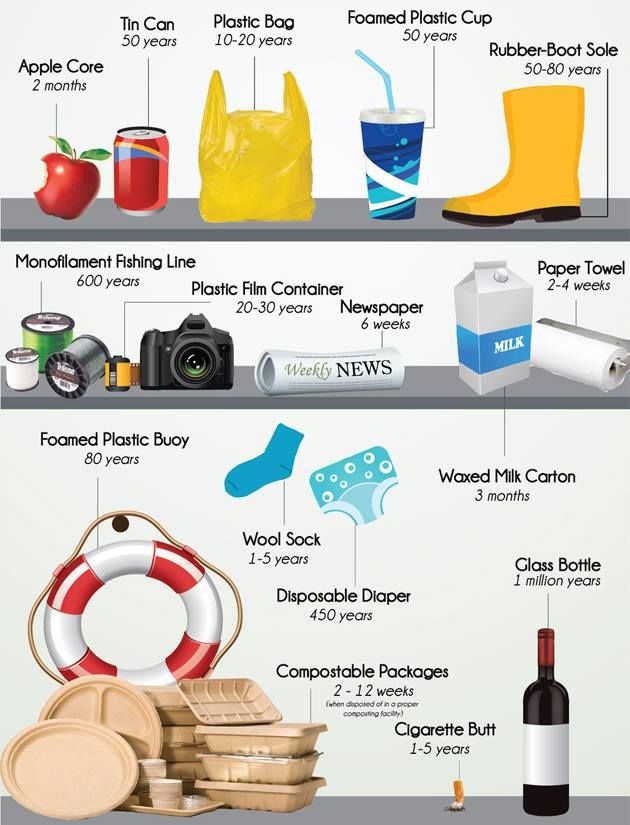
To prevent the jack from settling under the weight of your vehicle and coming off balance, place a small cut of 2x6” wood beneath it before attempting to raise your vehicle. This tactic is especially helpful on asphalt.
With the jack properly positioned, raise the vehicle until the flat tire is about six inches above the ground.
Never put any part of your body under the vehicle during or after raising the vehicle with the jack.
Now it’s time to remove the lug nuts all the way. Since you've already loosened them, you should be able to unscrew them mostly by hand.
Gripping the tire by the treads, pull it gently toward you until it’s completely free from the hub behind it. Set it on its side so that it doesn’t roll away.
Now place the spare on the hub by lining up the rim with the lug bolts. Push gently until the lug bolts show through the rim.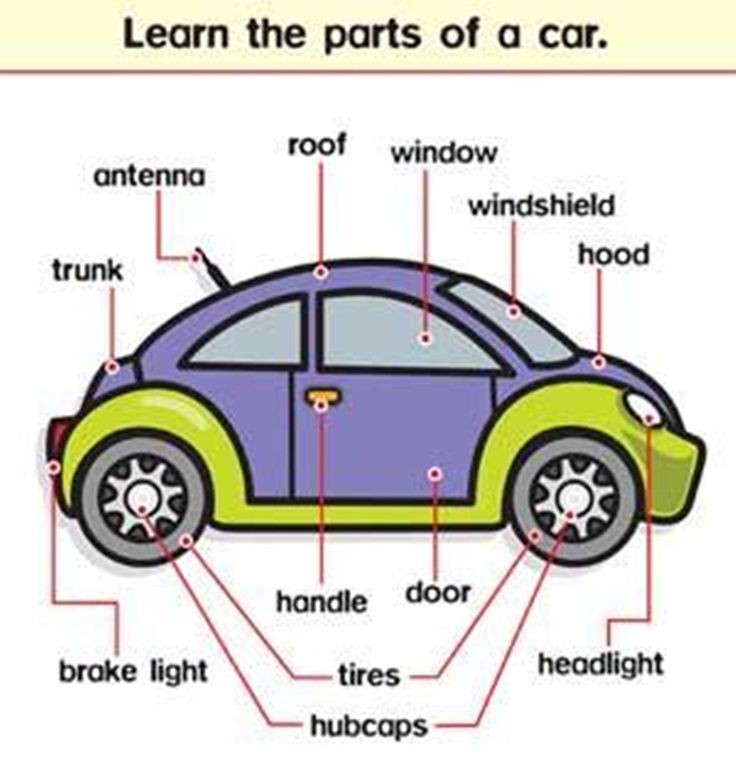
Put the lug nuts back on the lug bolts and tighten them all the way by hand. Once they are all on, check each one again, tightening as much as possible. You will tighten them with the wrench after lowering the vehicle to the ground.
Use the jack to lower the vehicle so that the spare tire is resting on the ground but the full weight of the vehicle isn’t fully on the tire. At this point, you should tighten the lug nuts with the wrench, turning clockwise, as much as you can. Push down on the lug wrench with the full weight of your body.
Bring the vehicle all the way to the ground and remove the jack. Give the lug nuts another pull with the wrench to ensure they’re as tight as possible.
If the hubcap you took from the flat tire will fit your spare, put it in place the same way you removed it initially. If it doesn’t fit, stow it away with the tire when you stow your equipment.
If it doesn’t fit, stow it away with the tire when you stow your equipment.
You have before you a jack, a lug wrench, wheel wedges, your flat tire, and possibly a hubcap. Don’t forget to put all of them in your vehicle before driving away.
You should check the tire pressure of the spare tire to make sure that it is safe to drive on. “T-Type” temporary spares, also called “mini-spares,” require 60 psi (420 kPa). If the tire needs pressure, drive (slowly) to a service station immediately.
Temporary spare tires aren’t made to drive long distances or at high speeds, so drive cautiously until you’re able to visit a tire technician. A professional should be able to determine whether your tire needs a repair or if it’s time to replace it.
Aside from taking your tire to a professional, the above procedure shouldn’t take more than 15 to 30 minutes to change a tire. Just be sure you don’t leave out any steps.
Just be sure you don’t leave out any steps.
It’s beneficial practice changing a tire in your garage or driveway to ensure you’re ready to handle this situation if it ever happens to you.
Knowing how to fix a flat tire is great, but regular tire maintenance is even more important. In addition to reviewing this guide regularly, remember to do the following:
Keep your tires properly inflated
Rotate your tires according to the manufacturer’s guidelines
Monitor for tread wear
All of these precautions will extend the life of your tires and reduce the likelihood of a flat. While there’s no way to prevent flat tires completely, proper care can improve performance and ensure your tires last as long as possible.
There’s never a good time for a flat. That’s why Bridgestone DriveGuard tires are masterfully engineered to keep you moving for up to 50 miles at speeds up to 50 MPH without disruption.
There’s never a good time for a flat. That’s why Bridgestone DriveGuard tires are masterfully engineered to keep you moving for up to 50 miles at speeds up to 50 MPH without disruption.
See Details Find Your Fit
Changing tires and wheels is not fun: it is a long process and requires physical labor. Not only can tires weigh a lot, but ensuring the lug nuts are as tight as possible is also crucial.
It sounds like a simple process in theory: lift up the vehicle, loosen the lug nuts, and mount the new tire. However, in practice, it takes a lot more. But how long does it take to actually change a tire? Let's take a closer look.
Sadly, many of us have experienced a popped tire before. The worst thing is that it always happens when you are in a hurry. Often, we don't have time to wait for assistance on the side of the road. However, if you have the equipment necessary, you can easily replace the damaged tire.
The worst thing is that it always happens when you are in a hurry. Often, we don't have time to wait for assistance on the side of the road. However, if you have the equipment necessary, you can easily replace the damaged tire.
But, how long does a tire change take when you are alone?
Depending on the situation, the model's weight, and the new tires you wish to mount, it will take about 15 to 30 minutes to change a flat tire on your own. That is if you know the steps you need to take to do so.
You will need the following tools to change a tire, so keep them in your car for emergencies:
Having a pair of work gloves, a reflective warning sign (emergency triangle), and a flashlight can also come in handy.
If changing a tire and wheel takes 15 to 30 minutes, how long does it take to change four tires? The answer will change whether you are replacing them on your own or if you take the vehicle to a professional.
Shops that specialize in dealing with tires on a daily basis will provide you with quick service. Changing four tires on your car will not take longer than an hour. Generally speaking, to replace a tire set a tire shop till need 45 minutes to an hour.
Doing this process on your own will take longer. Count on spending a few hours by your car, corresponding to your skill levels when it comes to tire replacements.
The more experience you have in something, the better you will become in dealing with it. Changing a flat tire is no different. So, how long does it take to get tires changed?
Tire professionals, who deal with putting tires on cars daily, have the experience necessary. Therefore, when a tire popped these services are able to replace it in between 5-15 minutes if they have access to the proper equipment.
However, once your tire deflated it might take you some time to get to the shop. Also, keep in mind that there will be other customers in the tire garage. These can lengthen the time you will be waiting for your car to be operational again, especially when you need to replace both the rear tires and the front tires.
Also, keep in mind that there will be other customers in the tire garage. These can lengthen the time you will be waiting for your car to be operational again, especially when you need to replace both the rear tires and the front tires.
There are different tools available to help with tire changes. Which one you use will shape the time and manner of how you go about changing the tires. It all depends on tire removal, as that is the first step in changing the tire and wheel.
A tire jack is the most straightforward way to go about replacing your tires. However, its big drawback is that without jack stands you will have to go tire by tire, lifting and lowering the vehicle after each tire change.
This can also prove to be dangerous as the vehicle can easily dislodge and fall. Putting on a new tire while only using a tire jack will take longer for this reason. On the other hand, you won't have to bother with correctly placing the jack stands under the vehicle, which will save a bit of time.
Combining the tire jack with jack stands quickens the tire-changing process. When you lift up the car with the jack, you will need to place the jack stands in order to keep the car lifted and in place. This will allow you to safely remove the flat tire.
So, how long does it take to change a tire using this option? Well, this would be the 15 to 30-minute one. You will be change tires quicker as lifting the car and securing it allows you to work faster. Furthermore, if you have two jack stands you can change both front or rear tire pairs at the same time.
Most of us will not have a vehicle lift available at home for our cars, and that's okay. This is an expensive piece of equipment that is wasted if you would only use it to change tires. You will find vehicle lifts in car mechanic shops, where they are used to inspect and fix various car-related issues.
That said, this is the fastest way to change a tire set on a car. As the car is lifted off the ground, all four tires are easily accessible at the same time.
So, how would you go about changing tires on your vehicle? How long does it take to change a tire on your own? We have discussed this previously and our answer was 15 to 30 minutes. However, that is only if you know how to go about it.
Let's take a look at the steps you will need to take to remove and replace a tire.
Find a safe, even spot where you can pull over, like a parking lot. Shift the car into park and set the parking brake (so your vehicle doesn't roll away - which can be dangerous). Be sure the ground you are standing on is level and solid, as anything else will cause you problems.
Now, you will need the spare tire, jack, and tire iron. Remove the hubcap from the wheels. What is a hubcap? Well, it is basically a wheel cover that is used to protect the rims during everyday driving.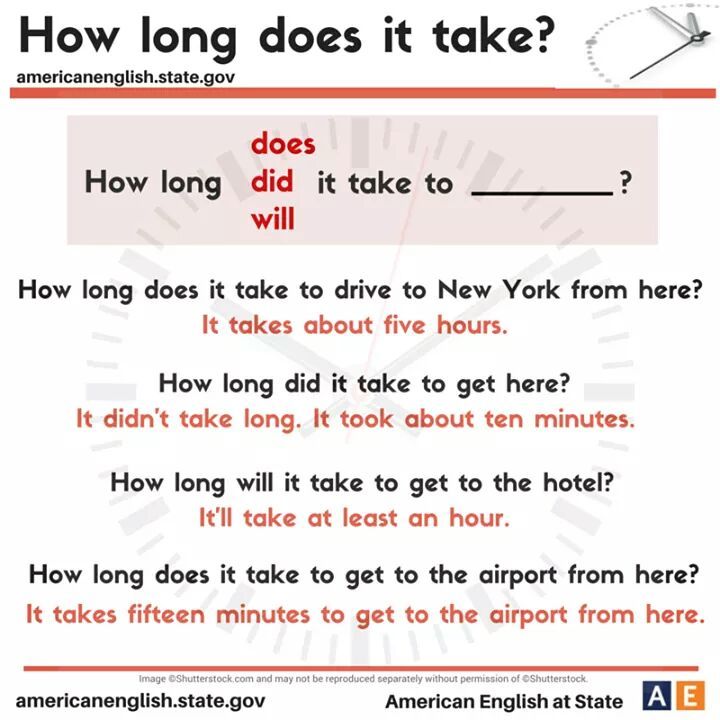
Once this is done, use the tire iron (or lug wrench) to loosen the lug nuts, but don't remove them yet. After loosening the lug nuts find the reinforced jack points underneath the vehicle. They are usually before the rear or behind the front tire. The vehicle owner's manual will give you better information regarding this.
Place a brick, wheel wedge, or wood beneath the other tire, to further secure the vehicle. Now you can lift up the car by using the tire jack. Place the jack to the jacking point nearest to the flat and lift up the car. Place the jack stands in place and gently lower the vehicle onto them.
At this point, you can remove the loosened lug nuts, remove the tire and mount the spare onto the vehicle. The valve stem of the spare or new tires will need to face you. After this, screw and tighten the lug nuts. Lift the car a bit to remove the jack stand and then slowly lower it to the ground. Tighten the lug nuts once more until they feel snug.
If you know what you are doing, this process should not take longer than 30 minutes per tire.
As for going to a professional, once your vehicle is next in line, they will be able to use their tools to change one or more wheels. Yet, they will still need at least 45 minutes to replace the tires.
Needing new tires is never fun. Now, only do you need to change the tires mounted on your vehicle, but it can be a costly adventure. Therefore, it is important you do all you can to protect your current tires and wheels from damage.
Luckily, regular tire maintenance will give you a hand in this. Checking air pressure regularly, inspecting the tread area for irregular wear and damage, and using your mechanic's services when you realize vehicle issues will go a long way.
In other words, they will minimize the possibility of you needing new tires. Completing these checks regularly will make sure your tires are running smoothly.
When you wish to change tires, it can be a lengthy process. This is because the procedure is a tedious one. In order to change four tires, the vehicle needs to be lifted up and lowered down at least twice.
That might not seem like a lot of work, but we are talking about heavy objects here. Safety has to come first. If a vehicle falls off the jacks, not only will it get damaged, but it can also easily injure someone. Therefore, even the quickest mechanic will need at least 10 minutes to change a tire.
If you are changing all four tires, the installation will take between 45 minutes to an hour. This will vary based on the experience of your mechanic, the quality of the tires, how well the tires balance, etc. Installing a single tire takes about 10-15 minutes.
Yes, you can drive on a flat tire, but it is not recommended. Driving on a flat tire will damage both the rim and the car, and it can lead to more serious consequences and pricey repairs. Therefore, unless you are in danger, do not drive on a flat tire.
Driving on a flat tire will damage both the rim and the car, and it can lead to more serious consequences and pricey repairs. Therefore, unless you are in danger, do not drive on a flat tire.
The cost of a change or tire replacement greatly depends on the vehicle you are driving. Usually, the price can range between $50 and $200 per tire. Apart from this, expect to pay for mounting, which ranges from $15 to $45.
Last updated: December 2, 2022 / author Sandeep Bhandari / Fact verified / 3 minutes
A tire is a ring-shaped piece that surrounds the wheel rim. It is used to transfer the vehicle's load from its axle through the wheel to the ground.
Education
Test your knowledge on topics related to education
1 / 10
When should the teacher and student hold a case conference?
Whenever the need arises
Before the start of the school year
At the end of the semester
At the end of the working day
2 / 10
Who wrote the play Hamlet?
William Shakespeare
Charles Dickens
Jane Austen
Mark Twain
3 / 10
What is the GPA used for?
Make special desserts.
To track the overall progress of students.
As a teaching aid for tests.
All of the above
4 / 10
What branch of mathematics deals with the study of the shapes and sizes of objects?
Algebra
Geometry
Trigonometry
Calculus
5 / 10
Which of the following is NOT a 21st century skill?
Critical thinking
Creativity
Horse riding
Communication
6 / 10
What is the most common college education in the US?
Vocational schools
Community colleges
Four-year universities
Trade schools
7 / 10
What is the most widely spoken language in the world?
English
Mandarin
Spanish
Arabic
8 / 10
What is the main difference between public and private universities?
Location
Funding
Size
Degree Programs Offered
9 / 10
Which of the following applies to the fine arts?
Music
Photography
Drama
Poetry
10 / 10
What is the name of the standardized test used for college admissions in the US?
Sat
GRE
LAST
MCAT
your account
Conclusion
1
This is important for traction on the surface you are walking on. Car tires usually require regular maintenance to keep the car running well. This means that worn tires or flat tires need to be replaced in order for the car to continue to run properly.
Car tires usually require regular maintenance to keep the car running well. This means that worn tires or flat tires need to be replaced in order for the car to continue to run properly.
A person should know the whole process of changing a car tire well in order to save time.
The exact time it takes to change a car tire will always vary depending on the circumstances. The following are some of the important factors that determine how long it can take a person to change a car tire;
When a person only needs to change one tire, it will take about 20 minutes to completely change the tire and get back on the road. In some cases, the tire type and size also affect the time it takes to change it.
In some cases, a person may need to change all four tires of a car at the same time. In this case, the time required to replace them will be slightly longer.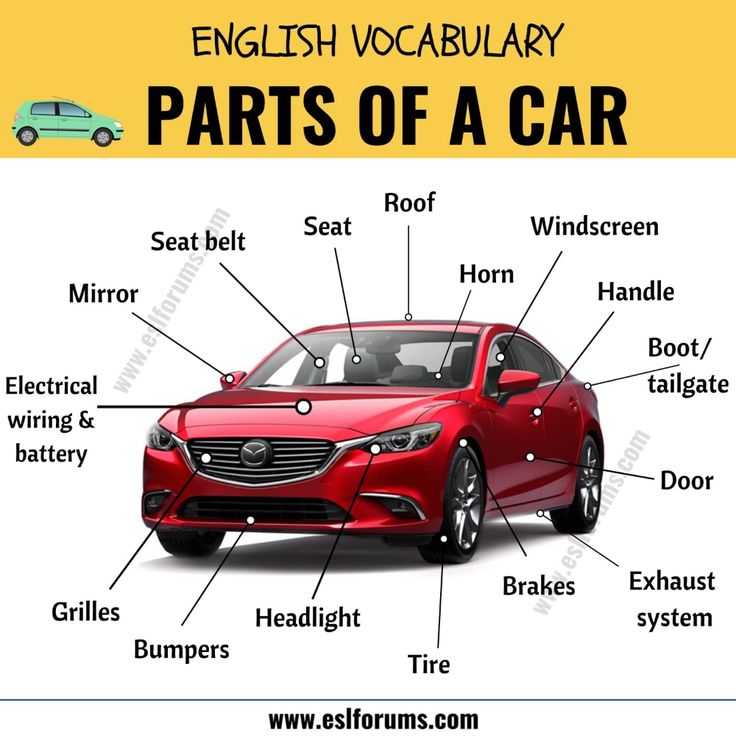 Changing two tires will take approximately 30 minutes, and changing all four tires will take anywhere from 50 minutes to an hour.
Changing two tires will take approximately 30 minutes, and changing all four tires will take anywhere from 50 minutes to an hour.
Flat tires should be corrected for five additional minutes.
Vehicle location also determines the time it takes to change a tire. Changing a car tire at home usually takes about 15 minutes, but can take up to 25 minutes when changing a car tire on the road.
A number of reasons usually determine the length of time it takes to change a car tire. Most often, this is the type and size of the tire to be replaced. Some types of tires require special attention when removing them from the vehicle, including removing caps and wheel covers before replacing them.
On the other hand, large tires usually come with a larger number of nuts, which require an additional minute to loosen and fasten compared to small tires.
Another reason why a tire change may take longer is the location of the vehicle. Changing the tire of a car parked at home will take less time than a car parked on the side of the road. This is because there is not much interference or distraction when changing a tire at home. Changing a tire on the side of the road or in the city will distract other road users, which will delay the process.
Changing the tire of a car parked at home will take less time than a car parked on the side of the road. This is because there is not much interference or distraction when changing a tire at home. Changing a tire on the side of the road or in the city will distract other road users, which will delay the process.
It's good for car owners to know how to change their tires, but it's even more important to have them serviced regularly.
One request?
I put so much effort into writing this blog post to provide you with value. It will be very helpful for me if you consider sharing it on social networks or with your friends/family. SHARE ♥️
Sandeep Bhandari
Sandeep Bhandari is the founder of ExactlyHowLong.com.
I am a professional full-time blogger, internet marketer and trainer. I love everything connected with the Internet and every day I try to learn new technologies.
All team management, content creation and monetization tasks fall on me. Together with the ExactlyHowLong team, we strive to provide our readers with useful and interesting content.
In game development, I like to play with any engine, toolset, and framework I can find. In digital art, I love everything from painting to vector work, from pixel art to 3D modeling.
In short, if it's creative and you can do it digitally, I love it.
What do you think?
Car tires - an elastic shell mounted on a disc rim. It is the tires that dampen the small vibrations that occur due to imperfect roads and compensate for the inconsistency in the trajectories of the wheels. The characteristics of tires affect: driving comfort, maneuverability and vehicle stability. However, even the highest quality rubber eventually deteriorates. Therefore, every driver should know how to correctly determine the degree of tire wear in order to replace them in time.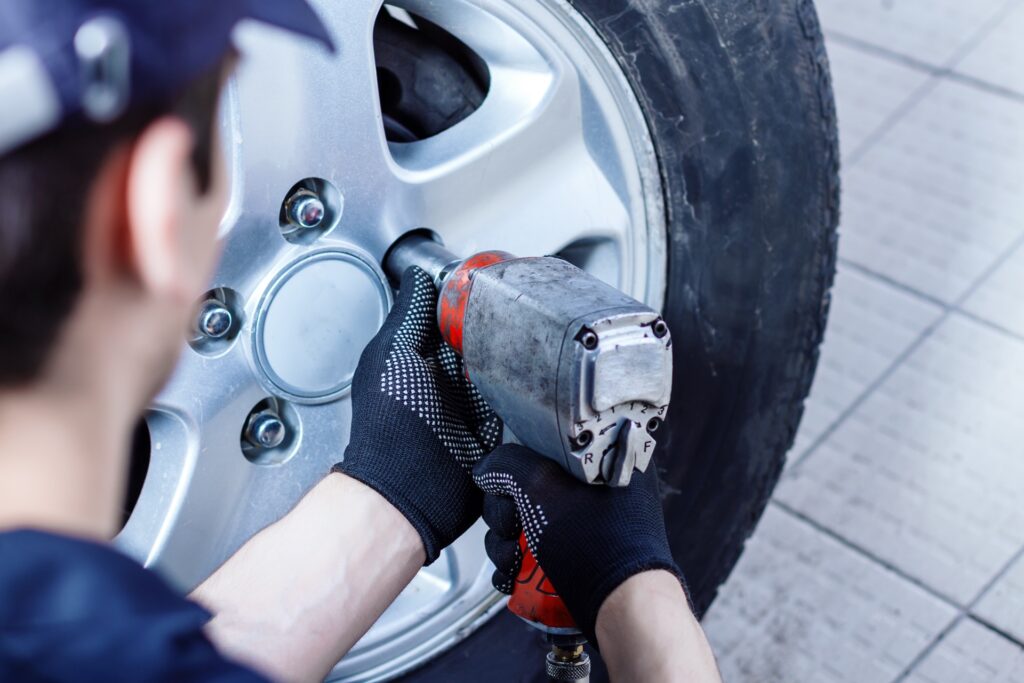 Car and truck tires have different periods of use, depending on both the initial characteristics of the products and the operating conditions.
Car and truck tires have different periods of use, depending on both the initial characteristics of the products and the operating conditions.
Tires wear out not only due to operating loads. They are characterized by natural aging, since the rubber compound from which the tires are made gradually loses its elasticity and resilience. The use of such rubber leads to a deterioration in vehicle controllability and creates dangerous conditions due to the high probability of tire rupture on the way.
In accordance with GOSTs 4754-97 and 5513-97, the warranty period for car tires is 5 years. Foreign manufacturers claim that the working life of tires is 5-10 years. There are no legislative acts obliging drivers to change tires after this period, but in order to create safe driving conditions, the driver must take into account the recommendations of GOST. Manufacturers usually set their own warranty periods.
Michelin, Bridgestone, Nokian, Continental, Dunlop, Pirelli, Yokohama:
| Brand | Warranty period declared by the manufacturer |
| Bridgestone | Tire dependent - 3-6 years |
| Nokian
| 5 years |
| Continental | 10 years |
| Dunlop | Tire dependent |
| Pirelli | Tire dependent |
| Yokohama | 5 years |
| Michelin | 10 years |
During the warranty period, the responsibility for identified significant defects rests with the manufacturer. The owner of the vehicle will be forced to eliminate defects on his own if there have been:
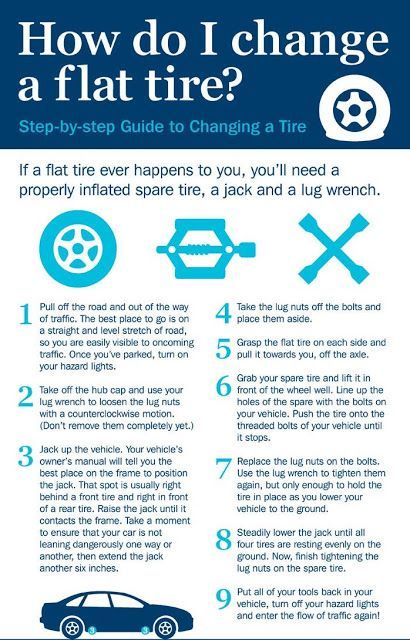
If the vehicle is used intensively, it may be necessary to replace the tires before the end of the warranty period. Therefore, regulatory documents establish the mileage after which you should think about replacing tires.
The maximum standard mileage is:
The actual rate of tire wear may differ from the standard values due to a whole list of factors, such as:

You can determine the need for tire replacement yourself by the following signs:
Table of minimum allowable tread depth for different modes of transport as amended on 01/01/2015
| Minimum Remaining Tread Depth | Type of transport |
| 0. | L - motorcycles, mopeds, quad bikes |
| 1.0 mm | N2, N3, O3, O4 - trucks over 3.5 tons MPW and trailers over 3.5 tons MPW |
| 1.6 mm | M1, N1, O1, O2 - cars, trucks and trailers with a maximum authorized mass of less than 3.5 tons |
| 2.0 mm | M2, M3 - buses |
| 4.0 mm | Winter tires marked M+S, M&S, M S, the amount of residual tread depth does not depend on whether tires are installed on cars or trucks |

Important! If the outer edges of the tire wear faster, the inflation pressure is too low. Accelerated wear of the central part indicates excessive pressure. Wear on one side indicates a violation of the toe angle. Uneven surface wear is evidence of aggressive driving with rapid acceleration and hard braking.
You can extend the life of your tires by doing the following:
